
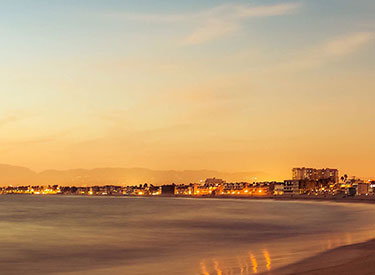
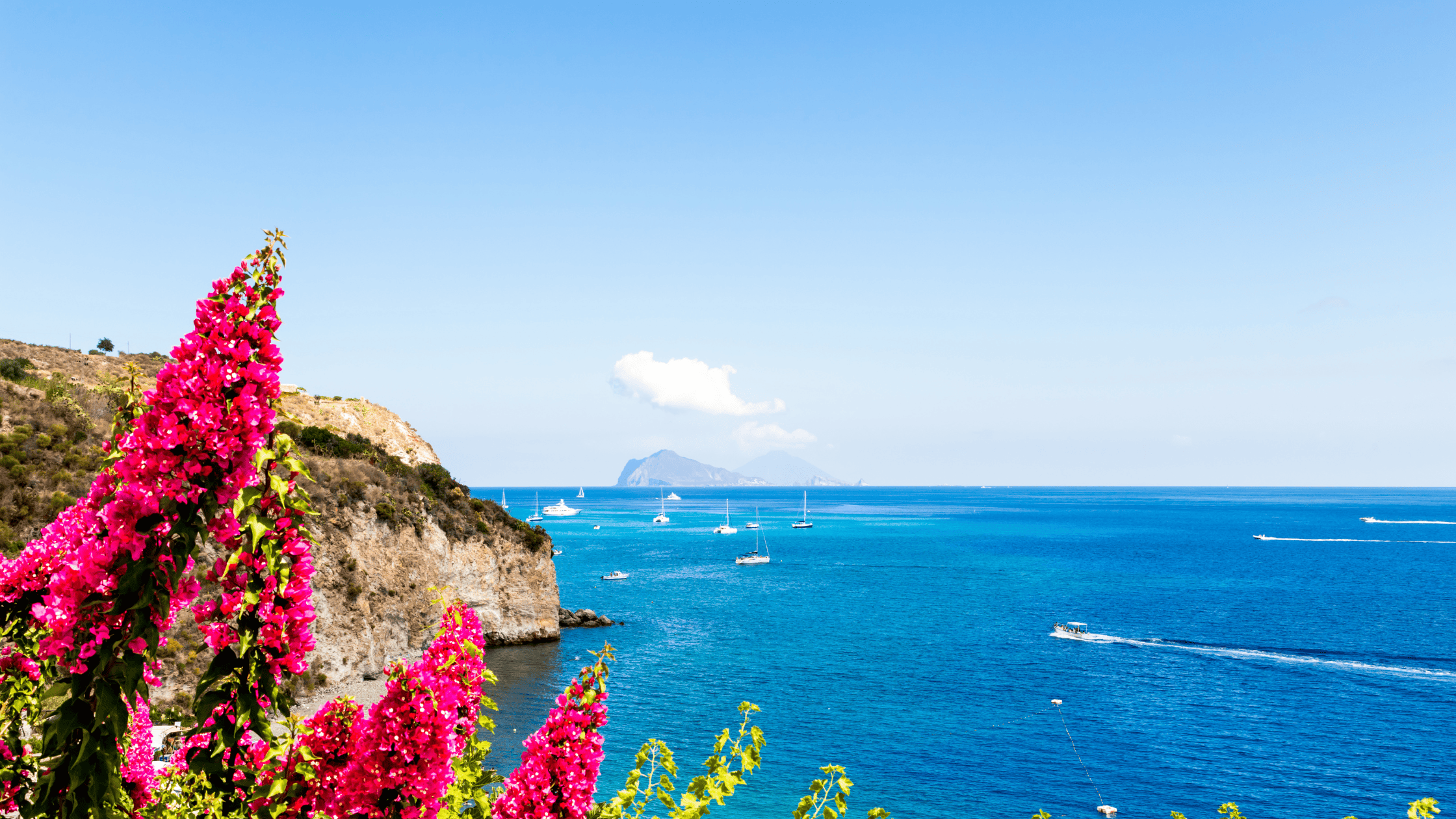
The Aeolian Islands are a spectacular group of seven major islands and numerous smaller islands that are located in the Tyrrhenian Sea, just off the northern coast of Sicily. The archipelago’s UNESCO World Heritage listed status is due to its unique, volcanically active nature – there are two active volcanoes and numerous extinct volcanic cones scattered across the seven islands.
The islands were named for Aeolus, the ancient Greek ruler of the winds, and are thought to have provided the inspiration for Shakespeare’s The Tempest. In modern times, their unique beauty, much of which is a result of millennia of volcanic activity, has inspired many visitors to describe these islands as some of the most spectacular in the Mediterranean. From the spectacular beauty of Panarea and Stromboli to the hidden gems of Filicudi and Alicudi, this is our guide to visiting the Aeolian Islands:
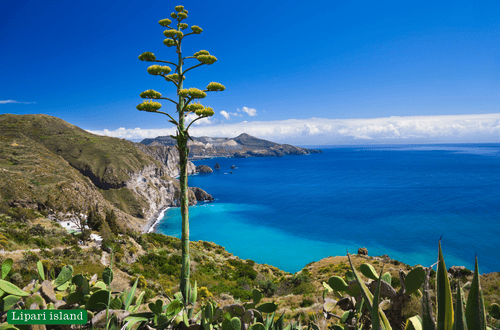
Lipari is the largest island in the Aeolian archipelago, and it’s also one of the closest to the Sicilian port of Milazzo, which serves as one of the main gateways to the group. The island is thought to have been inhabited since at least 5000 BCE, and much of the island’s appeal today lies in its rich collection of archaeological treasures.
From Lipari town’s picturesque harbour, it’s a short, picturesque walk through quaint, cobbled streets to reach the fifteenth-century expanse of Lipari Castle, where you’ll find artifacts from Neolithic to Roman times on display in the Aeolian Archaeological Museum.
As the name suggests, Vulcano is an island of dramatic volcanic landscapes, steaming fumaroles and rugged sea cliffs. From the moment you step ashore in the main town of Vulcano Porto, you can’t help but feel awed by the immense power of the natural forces that have shaped this place, which was once believed to be the chimney of Vulcan, the Roman god of fire.
The entire island is only eight kilometres wide and four kilometres wide (about the same size as Norfolk Island), containing no fewer than four extinct or dormant cones as well as one active cone. Hiking up the stony slopes of these peaks is a popular activity: you’ll be rewarded with incredible views when you eventually reach the top. Head to one of the island’s dramatic black sand beaches to cool off or treat yourself to a relaxing soak in one of the island’s therapeutic natural mud baths.
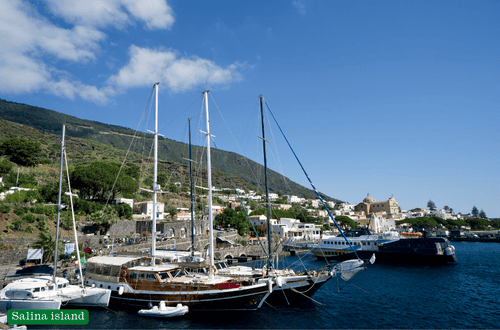
Salina owes its name, which translates as ‘salt mill’, to its history as a centre of sea salt production, but these days, the lush green island is most famous for its vineyards, olive groves and caper bushes, and as one of the filming locations for the acclaimed movie, Il Postino.
Salina is the second largest of the Aeolian Islands, dotted with tiny, picturesque villages like Santa Marina Salina and Malfa. Hire a rental car or hop on a local bus to explore the island’s fertile valleys, sample the renowned Malvasia wine at a seaside trattoria, or take a private boat tour to discover its hidden coves, pebbled beaches and mysterious sea caves.
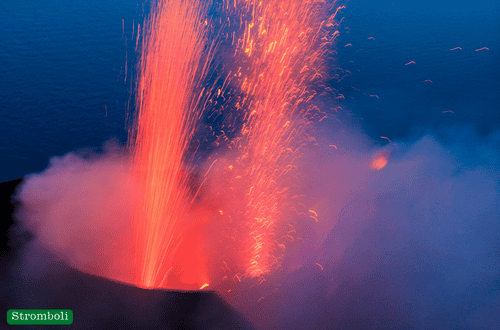
The northernmost of the Aeolian Islands, Stromboli is home to another of Italy’s four active volcanoes. Its spectacular volcanic eruptions, which frequently light up the night sky and cast an orange glow over land and sea, have earned it the nickname, “Lighthouse of the Mediterranean”.
Experienced local experts can guide you on a hike to the summit of Stromboli’s active volcano if conditions are suitable, or you can take a shorter hike from Stromboli Town to a point that overlooks the Sciara del Fuoco (‘stream of fire’), an immense, blackened slope of ash and rocks which marks the path of the volcano’s lava flow to the sea far below. It’s a reasonably challenging climb, and so you may prefer to explore the island’s tiny, black sand beaches or take a boat trip to the neighbouring islet of Strombolicchio.
The rugged beauty and untouched landscapes of this remote island mean it’s a paradise for anyone in search of a peaceful escape. Filicudi’s dramatic cliffs, secluded coves, and crystal-clear waters provide a perfect backdrop for swimming, snorkelling and diving adventures.
You can explore the island’s rugged hiking trails or opt for a boat trip along its rugged coastline, exploring ancient caves and mesmerising rock formations like the Grotta del Bue Marino.
Filicudi’s even smaller and more remote neighbour, Alicudi is an extinct volcano which rises straight out of the clear blue water like an almost-perfectly round green beehive. There are no roads, no cars, no bustling tourist infrastructure here: just a serene, dramatic landscape of rocky coves, steep cliffs, and an endless expanse of ocean.
Tiny Panarea is the smallest of seven main Aeolian islands, located roughly halfway between Lipari and Stromboli, but it’s also renowned as one of the most beautiful – and therefore, a favourite choice for many visitors. Many celebrities have visited the island, drawn to its charming scenery of whitewashed villas and deep blue sea.
Beautiful beaches like Cala degli Zimmari and Spiaggia della Calcara are popular spots for sunbathing, swimming and snorkelling, while the main town of San Pietro is renowned for its boutique hotels, charming boutiques, chic clubs, and gourmet restaurants.
Getting there
Fly or take a ferry from the Italian mainland to Catania in Sicily, then catch one of the regular ferry and hydrofoil services to the Aeolian Islands from the ports of Milazzo or Messina. Alternatively, you can catch a ferry direct to the islands from the mainland ports of Naples or Reggio Calabria. During the high season summer months, there are also ferries operating from Palermo in Sicily to the island of Lipari.
Getting around
Ferry services provide regular connections between the seven major Aeolian Islands. Once ashore, some islands offer rental cars, bikes or e-bikes for hire, and even local buses, for getting around. Boating and walking are both popular options (and at times, the only option) for exploring at a gentler pace, while a multi-day Aeolian sailing adventure is a memorable way to experience even the most remote islands in the group.
Best time to visit the Aeolian Islands, Sicily
Although a magical destination at any time of year, we recommend visiting the Aeolian Islands between April and October. Peak summer season (late June to August) can be very hot and somewhat crowded. During the spring and autumn months, ferries are still operating regularly, and the calm, sunny weather is ideal for enjoying the islands’ beauty and tranquillity.
From dramatic, volcanic island landscapes to a vibrant cultural heritage; from pristine, rugged coastlines to fascinating, prehistoric ruins: the astonishing natural beauty of the Aeolian Islands make them a must-visit destination – either as a day trip or for a longer stay. If you’re looking for a unique and unforgettable Mediterranean experience, talk to your personal travel manager about planning your Aeolian Island escape.